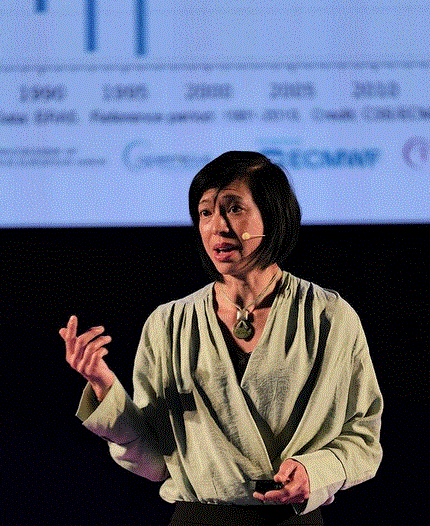
Population and Just Societies (POPJUS) Program principal researcher Raya Muttarak talks about the relationship between global climate change and migration at a TEDx event in Vicenza, Italy.
Fertility, mortality and migration are the three main factors that guide demographic dynamics; the same three factors that climate change has been strongly impacting on. Throughout her talk, Raya Muttarak reveals how climate change interplays with these three population determinants and why it is crucial to define new public policies, as well as local and international laws, in order to make sure that adaptation and mitigation actions are inclusive and that no one is left behind.
Dr. Muttarak has been studying the effects of climate on global populations for years, outlining possible future scenarios when confronted with the current rapid change. Her research focuses mainly on the reciprocal relationship between population and the environment. Her current research projects include differential impacts of climate variability on human health, migration, and child welfare; climate change attitudes, voting patterns, and environmental behaviors; and modeling and forecasting future vulnerability and adaptive capacity.
News

05 March 2025
Co-creating a stakeholder-oriented climate risk service in Austria

25 February 2025
Master Programme "Global Demography" at the University of Vienna

13 February 2025

